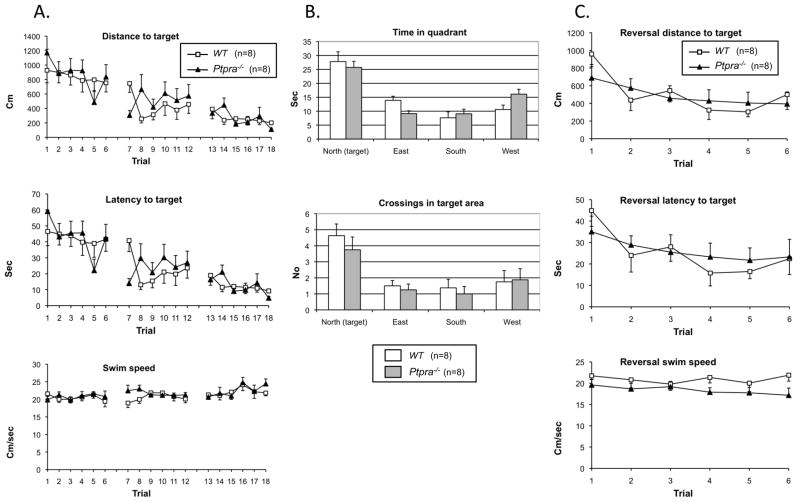Figure 2. Morris water maze analysis of Wt and Ptpra−/− mice.
2A. Training: swim distance to target, escape latency and swim speed. Both wildtype (n=8) and Ptpra−/− (n=8) used shorter distances to locate the hidden platform over trials. No effect of genotype or genotype × trial interaction on distance to platform, escape latency or swim speed was found. One-way RM ANOVA wildtype: F(17,119)=4,982; p<0.001 and Ptpra−/−: F(17,119)=5.477; p<0.001). Two-way RM ANOVA found no effect of genotype for distance (F(1,238)=0.803; p=0.385) and no genotype × trial interaction (F(17,238)=1.231; p=0.241).
2B. Probe test: time in quadrants and crossings in platform area. Both genotypes spent significantly longer time in the northern quadrant where the platform used to be located than in other quadrants, and had more crossings in the area previously occupied by the platform than in areas of identical size and position in the other quadrants.
Time spent in northern quadrant compared with other quadrants (P=0.006 or less two-way RM ANOVA, Fisher LSD post hoc); no effect of genotype (F(1,42)=1.340; p=0.266) or genotype × quadrant interaction (F(3,42)=1.801; p=0.162).
Number of crossings in the area where the platform was during training (D=9 cm) compared with crossings in areas of equal size and position in the other quadrants (F(3,42)=9.199; p<0.001); no effect of genotype (F(1,42)=1.317; p=0.27) or genotype × quadrant interaction (F(3,42)=0.203; p=0.894). Post hoc analysis revealed significantly more crossings in the target area for both groups (p=0.047 or less) compared to crossings in areas equal in size and position in the other quadrants.
2C. Reversal learning: swim distance to target, escape latency and swim speed during reversal learning. Two-way RM ANOVA on distance to target showed significant effect of trial (F(5,70)=3.383; p=0.009) but no effect of genotype (F(1,70)=0.0591; p=0.811) or genotype × trial interaction (F(5,70)=0.757; p=0.584). No effect of genotype or genotype × trial interaction was found on escape latency or swim speed.

